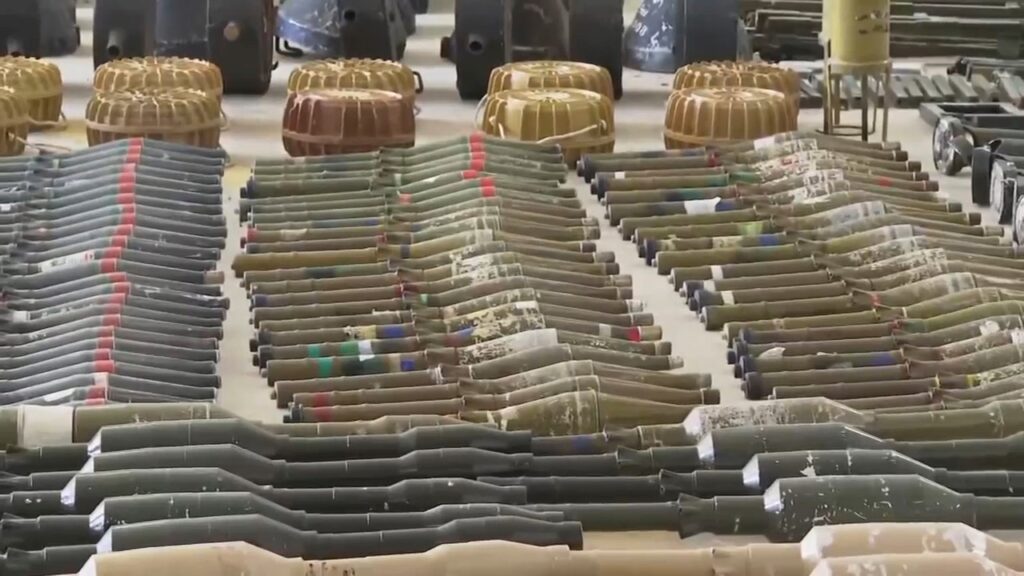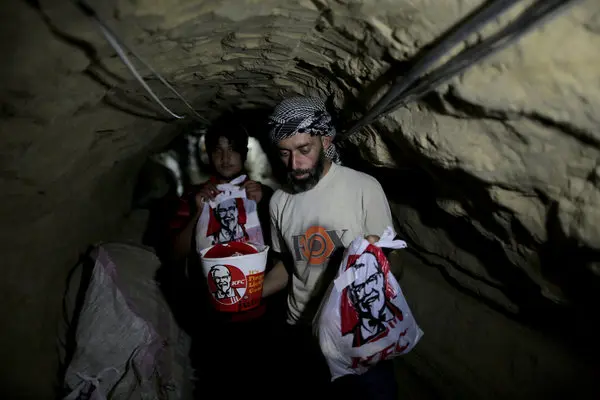Since October 7, 2024, when Israel was caught off guard by a sudden and highly damaging attack from Hamas, more information has surfaced regarding why there was no prior warning about the attack and the failures of Israeli intelligence in this regard.
It has become clear that Israeli intelligence miscalculated Hamas’s intentions. The Israeli security concept, spearheaded by the Israel Military Intelligence (IMI) and the Israel Security Agency (ISA), was that:
(a) Hamas had been deterred from launching large-scale attacks; and
(b) Hamas was focused on carrying out terrorist attacks against Israelis in the West Bank and not on Israel proper.
This flawed security concept, which had been fully adopted by the Israeli cabinet and the Israel Defense Forces (IDF) was proven to be groundless. In fact, Hamas successfully exploited it in order to develop and accelerate its attack strategy.
One significant reason for the failure of the IDF, both in the area of intelligence collection and operationally, was its underestimation of the capabilities of Hamas and the intentions of its leader, Yahya Sinwar. There was also an overestimation by many in Israel, including the security establishment, of Israel’s own intelligence capabilities. Another important insight is that the counterintelligence structures inside Hamas were successful in preventing Israeli intelligence from recruiting agents who were close enough to Sinwar to be able to alert Israel about the impending attack. Furthermore, Israel’s collection and analysis of signals intelligence was unproductive, possibly because Hamas was successful in countering Israel’s ability to produce effective intelligence from signals intercepts.

More on this story: Israel intelligence analysis failure underestimating Hamas capabilities
As the IDF moved deeper into Gaza, and as more information was collected from Hamas facilities, it became clear that there were significant gaps in information regarding the preparations for the attack by Hamas inside Gaza. These preparations lasted for a long time and involved numerous operatives who remained undetected by Israeli intelligence. It looks like the compartmentation system inside Hamas, based on a need-to-know only model, was highly effective.
The IDF attacked the Gaza Strip in 2014 in Operation Protective Edge. Its mission was to destroy Hamas’s ability to carry out assaults against Israel through tunnels dug deep inside Gaza and crossing the border into Israel. Indeed, about 20 such tunnels were destroyed during that operation. Later, Hamas built 250 miles of new tunnels in Gaza that were aimed at defense and to hide combatants when Israel attacked. It has been suggested that this construction project was funded by cash sent to Gaza by Qatar, with Israel’s approval —though Qatar denies this claim.
Even now, almost five months after the outbreak of the war, the Israeli intelligence community does not have accurate information about these tunnels. Israel has been unable to obtain the map of the tunnels prior to, or since, the outbreak of the war. It is inside those tunnels where the military operatives of Hamas are hiding. Therefore, the process of detecting and destroying the tunnels is being conducted at a slow pace. It is estimated that the number of Hamas fighters approaches 25,000, of which Israel has probably killed about 10,000.
Intelligence gathered from interrogations of members of the military wing of Hamas reveals that many clandestine factories, located inside Gaza, produced ammunition of all kinds. In the past, Israel thought that most of the weapons had been smuggled into Gaza from Egypt. It turns out that the reality is completely different. Over the years, Hamas has managed to develop significant technological capabilities and built an independent arms industry, whose facilities were meticulously hidden throughout Gaza, either in underground tunnels or in various aboveground facilities. It follows that the volume of military equipment in the Gaza Strip is much higher than what the Israeli intelligence community thought before the war erupted.

More on this story: Why intelligence failed to assess HAMAS attack on Israel
Israel’s intelligence community is unable to locate the whereabouts of 134 Israeli hostages, who have been held in Gaza since October 7. Following the outbreak of the war, Israeli war planners believed that, as the war progressed, the chances of discovering the location of the hostages and rescuing them through military exfiltration operations would increase. So far, five months since the outbreak of the war, Israel has managed to rescue only three abductees. Those who were freed, numbering about 100, were released after intense negotiations and an agreement with Hamas.
Interrogations of Hamas fighters captured by Israel have not yielded important information. The intelligence received is usually tactical in nature. For example, the location of facilities to produce weapons and war materiel. The intelligence acquired through such means does not provide clues about the whereabouts of Sinwar and other Hamas senior officials, who continue to hide while directing Hamas’ war against Israel. It is worth noting that Hamas changed its methods of operation after many of its fighters were killed. It switched to guerrilla activity in order to assault IDF installations and equipment inside Gaza, managing to attack Israeli soldiers repeatedly.In conclusion, the October 7 intelligence failure seems now much more significant than what was estimated at the beginning of the war. In addition, it turns out that the intelligence capacity of Hamas was greater than what Israel had assessed it to be, both in terms of collecting intelligence and in curating the Israeli belief that Hamas had been successfully deterred from attacking Israel. In reality, Hamas had not been deterred, as per the view of Israeli intelligence and the Israeli cabinet. Instead, it had prepared for war and was waiting for the right opportunity, which came on October 7.

More on this story: Hamas attack on Israel reveals shady arms shipments to terrorists

More on this story: Hamas assault on Israel suggests external support, planning




